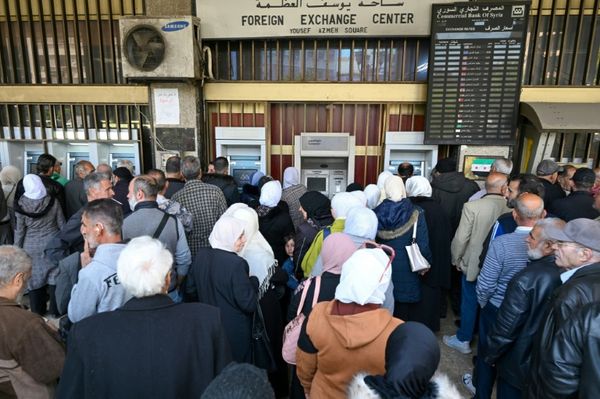
Royal Shakespeare theatre, 2009
'This is a model for one of my designs – for Shakespeare’s As You Like It – but the following productions I’ve chosen come from a period when I was just starting out in theatre. What they seem to have in common is a real fusion of visual imagery and the storytelling ability of actors – it’s often difficult to say what is the design, what the acting, what the direction. Nearly all are examples of great collaboration'
Photograph: Kirsten McTernan
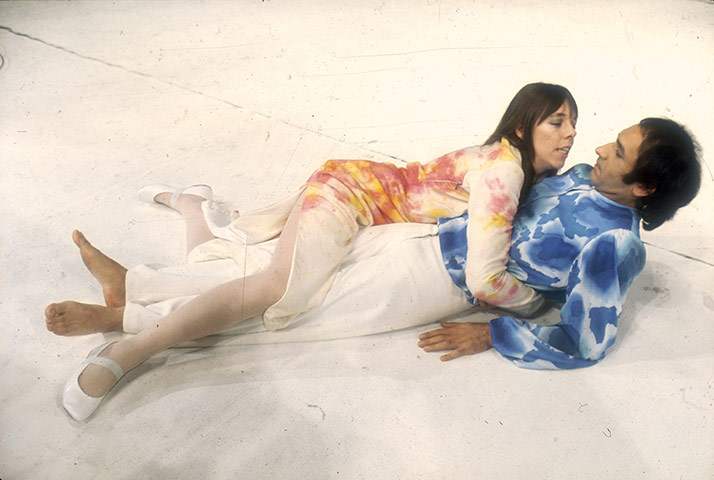
Royal Shakespeare theatre, 1970
'I only know this famous production from images and legend. It was the first modern Shakespeare design I’m aware of that really allowed the possibility of our imaginations, in tandem with the images created by Shakespeare’s words, to conjure up a world. Jacobs’s white box was a vivid empty space in which to tell the story, something that I’m always striving towards. It’s proof that great design is not illustration' Photograph: Reg Wilson/RSC
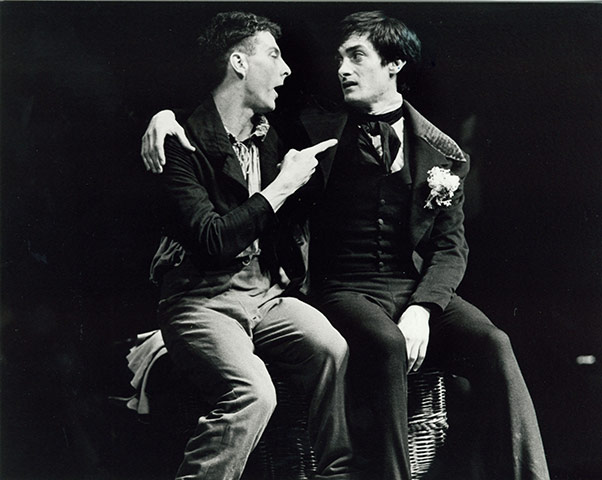
Royal Shakespeare theatre, 1980
'I saw this production on video only as a teenager, but the sense of the actors working within a whole environment to create a complex narrative with the minimum of props has stayed with me'
Photograph: Richard Mildenhall
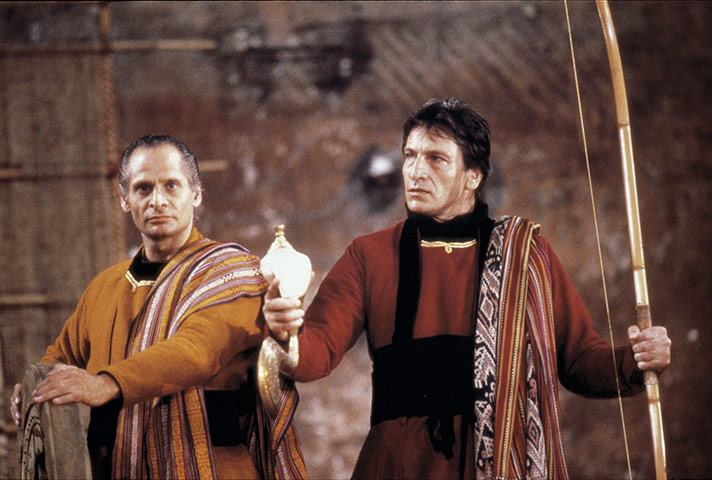
Tramway, Glasgow, 1988
'Brook’s version of the Sanskrit poem, which lasted over nine hours and was revived numerous times, was an epic experience and involved the transformation of a whole building into an evocation of India. I saw it in Glasgow and went expecting huge scenic effects and instead was captured by the simplicity of the storytelling in one single space – through clothes, Jean Kalman’s light and the powerful use of earth, fire and water elements. I met Chloe later and was taken on as an assistant at the Bouffes du Nord in Paris for their production of The Tempest, an experience that has informed my work ever since' Photograph: Tramway Glasgow

National theatre, 1987
'Inspired by the Russian constructivist designs of the Stenberg brothers, the show opened with the audience being confronted by the entire side of an ocean liner. Sections slid up to reveal the crew quarters in the centre, then the upper deck – so audience members looked straight up at the privileged passengers like gods above us – and finally the whole lower section slid up to reveal a hell of stokers and furnaces. A brilliant example of spatial realism' Photograph: National Theatre Archive / Ruth Walz

Harland and Wolff shipyard, Glasgow, 1990
'One of the few times when a piece of design has moved me to tears. For this so-called "modern mystery play", performed in the recently closed shipyards, Dudley created a realistic-looking model ship, at once both set and theatre, that was 67ft wide and housed no fewer than 1,200 people. The audience witnessed the actors building it around them and, at the end, the whole structure was launched down a 100-metre runway. The theatre left the audience!' Photograph: Nobby Clark
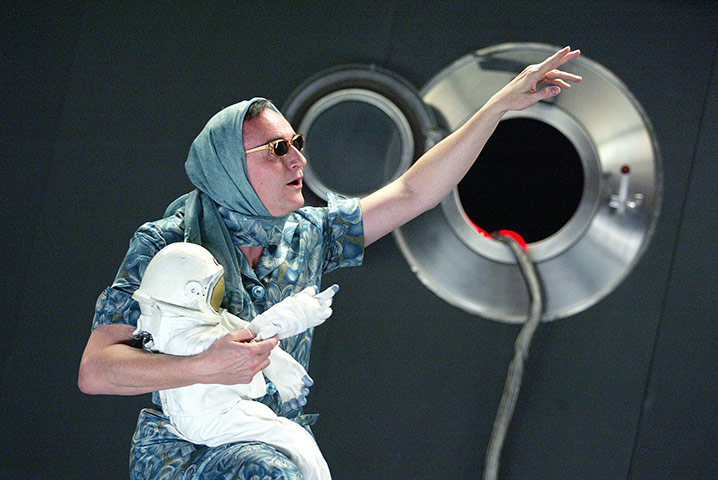
Touring, 2000
'This solo show, which played in 45 countries, was a witty, beautiful and ultimately very moving piece of storytelling – masterful in its integration of performers, imagery and technology, but not afraid to use seemingly simple devices too. The transformation of a salt cellar and ketchup bottle into a spacecraft for a lunar mission was breathtaking' Photograph: Tristram Kenton

Clink Street vaults, 1995
‘Not strictly performance and more art installation, this piece led audiences on a journey of discovery through the Clink Street vaults beneath London Bridge for this Artangel project. Some scenes, such as an abandoned Georgian dining room, were offered in full detail; others were simple, eerie tableaux of hospital beds and bare light bulbs. At one point, you glimpsed a whole tropical rainforest tantalisingly through a grille across a tunnel. A huge influence on site-specific work' Photograph: Artangel

National theatre, 2007
'I loved not just the puppet horses but the great use of the Olivier stage, with digital projections of pencil sketches evoking the terror of the trenches' Photograph: Graeme Robertson
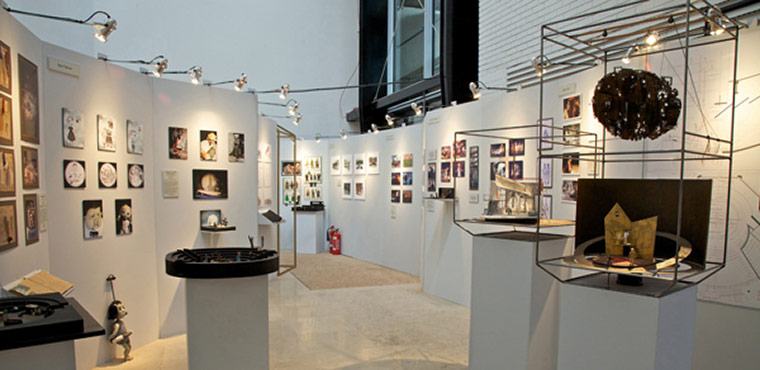
Photograph: Sam Heath


